No risk, no reward — you can’t exactly picture Hollywood execs saying that one too often.
The movie industry is almost always about sure bets, especially when studios spend more than $100 million on most of their major films. Sequels, book adaptations — anything familiar with a built-in fan base to justify a high price tag.
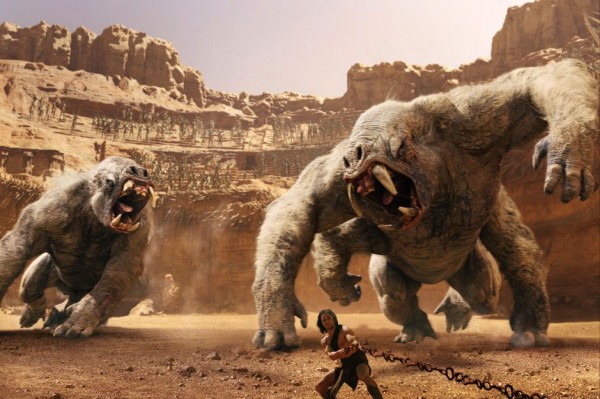
But if every film were a safe pick, what would movie history look like today? Truth of the matter is some of the greatest films of all time began as leaps of faith. They were ambitious projects, usually with incredibly high budgets and no certainties as far as box-office appeal.
Sure, some of these films go down as the biggest embarrassments Hollywood has ever seen, but in an industry driven by imagination both from the filmmakers and audiences themselves, sometimes you have to go big.
Walt Disney Pictures has aimed high with John Carter, giving a lot of trust (and more than $200 million) to Andrew Stanton, director of Pixar films Finding Nemo and WALL*E. This spring blockbuster is now in fate’s hands, but let’s look back at some other films that dared to be great.
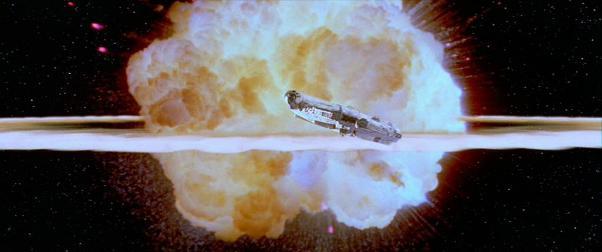
Star Wars (1977)
Let us begin with the obvious. The world had not been prepared to see anything like Star Wars ever before. The closest comparison would be 2001: A Space Odyssey and of course the TV series Star Trek. Even so, the special effects couldn’t even compare (Close Encounters of the Third Kind came out the same year), and the stories of those films were much more grounded in Earthly things. George Lucas created an entire universe with an $11-million budget. He made back about 30 times that much in the film’s initial run, and those are just domestic totals.
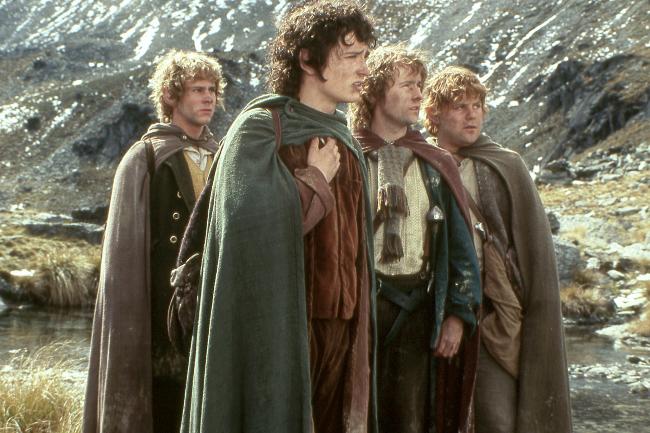
The Lord of the Rings (2001-2003)
The risk with these films was not that there would be no audience eager to receive it, as J.R.R. Tolkein’s fantasy series has had devoted fans for decades. With only a few animated adaptations in the past, perhaps studios and filmmakers were terrified of upsetting an entire fan base. Surely enough, Peter Jackson bravely stepped up to the plate, but the real risk was filming all three movies at one time. If the first had disappointed, this now-enormous franchise would have been one of the worst and most egregious miscalculations in movie history.
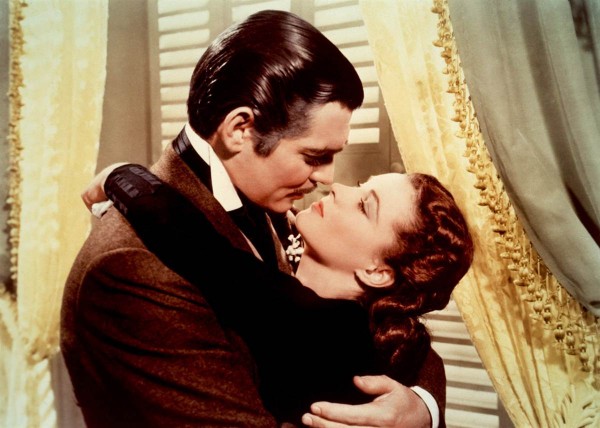
Gone with the Wind (1939)
Taking a risk was a much bigger deal in Old Hollywood, which makes Gone with the Wind’s mammoth success in the early ‘40s all the more staggering. Famed producer David O. Selznick, who became a movie mogul thanks to this film, purchased the rights to Margaret Mitchell’s novel for $50,000, a record amount at the time. Adjusted for inflation, this sprawling Southern-set romantic epic still holds the record for the highest gross in U.S. history.
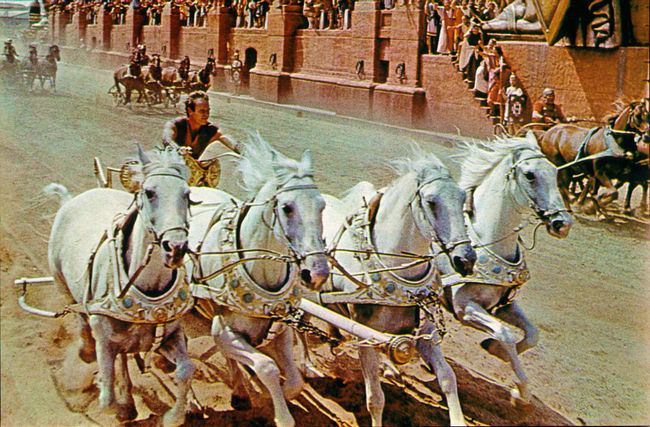
Ben-Hur (1959)
Gone with the Wind established the precedent for epic motion-picture events, which made a remake of Ben-Hur a possibility, even being 20 years later. Even so, this religion-themed blockbuster came with major financial risk. It cost $15 million to make ($120 million when adjusted for inflation), $1 million of which went to director William Wyler alone, the highest directing fee ever paid at the time. To say it was worth every penny would be an understatement: the film ranks as the 13th biggest moneymaker in U.S. history with inflation taken into account and received 11 Academy Awards, the most ever at the time and a record that would last 38 years. I should also mention that two years earlier, The Ten Commandments, also starring Charlton Heston, made the equivalent of more than a billion dollars in today’s terms.

Cleopatra (1963)
Historical epics abounded in the ‘50s and ‘60s, but not every one of them lived up to the hype. Joseph L. Mankiewicz’s four-hour biopic Cleopatra is known for being perhaps the most notorious waste of money in history. Starring heavy-hitters Elizabeth Taylor, Richard Burton and Rex Harrison, it made $57.7 million, good for 39th all time with inflation. It also won four Oscars. So ... what’s wrong with that? Well, it cost 20th Century Fox an estimated $44 million, a million of which went to Taylor alone. Today that would be like spending nearly $350 million to make your movie. Not even the least cash-conscious franchises of today come close to spending that kind of dough.
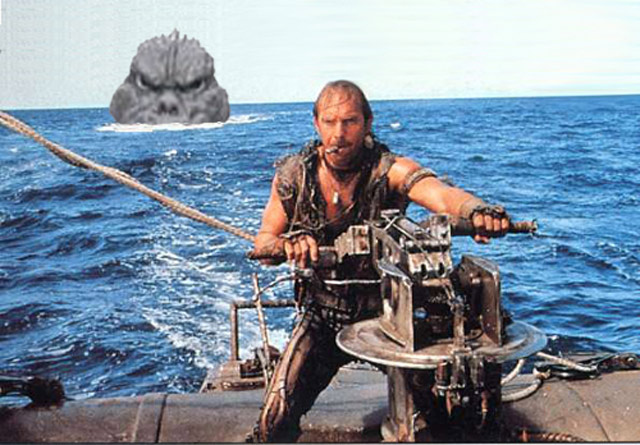
Waterworld (1995)
One of the biggest failures of the last 20 years is Kevin Costner’s sci-fi epic Waterworld. In the late ‘80s and early ‘90s, Costner had built enough clout in Hollywood to earn himself Carte Blanche, so $175 million was sunk into this sinker, which made $264 million worldwide. Those are poor figures today by blockbuster standards, let alone 17 years ago. Being about a decade too late to the gritty dystopian future party (led by the “Mad Max” films) didn’t help, in addition to being an original story with no built-in audience.
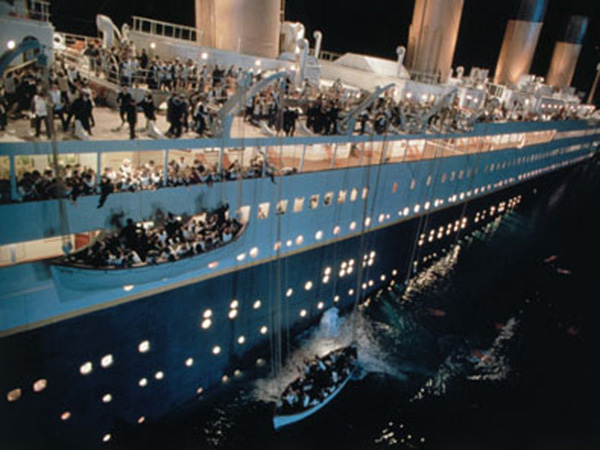
Titanic (1997)
The days of the epic romantic blockbuster had seemed long dead until a little ship that could named Titanic came around. The Terminator director James Cameron decided to use his technological prowess to tell a love story and just like that, history was made. Although most infamous for the unreal money that it brought in, Titanic was not cheap. It cost $200 million to make this film in a decade when animation/family films and science fiction were the big moneymakers. Considering everyone knew how the film would end, it’s amazing it ranks as the second biggest movie of all time.
![]()
Avatar (2009)
We all wondered where James Cameron had been for the last decade and we got our answer in the biggest movie of all time. Cameron and crew had spent that time developing state-of-the-art motion-capture technology and 3D cameras to create the most immersive and believable out-of-this-world film experience ever. With a classic story arc, it’s now wonder why the film became so universally beloved. It’s easy to look back at Cameron’s career, which includes The Abyss and The Terminator, and see a technical genius at work, but after falling off the map for nearly a decade, would you have put a ton of money into Avatar? Down to it’s name, nothing about this movie back when word first came to us screamed $2.7 billion worldwide.